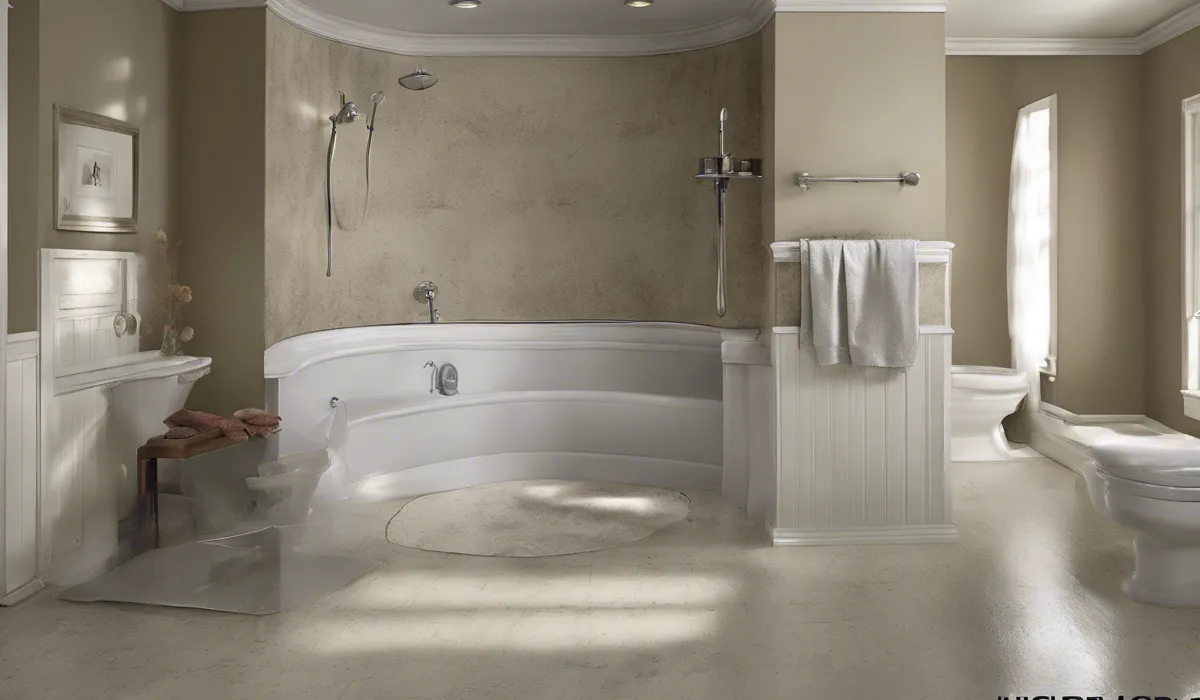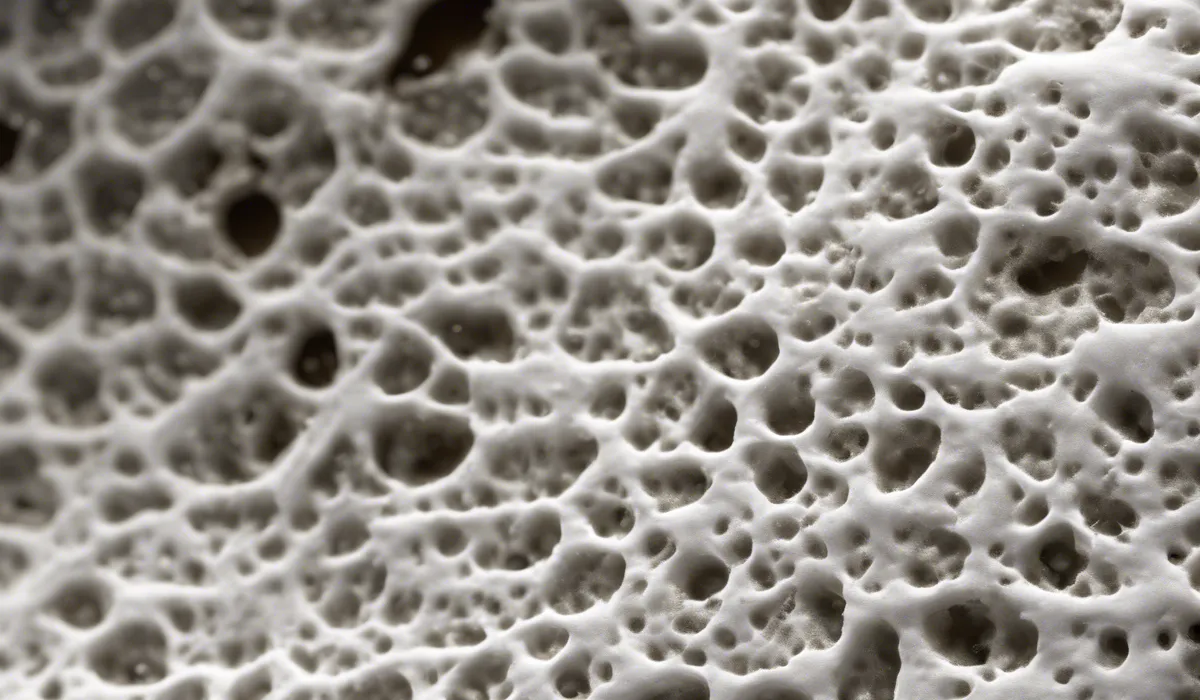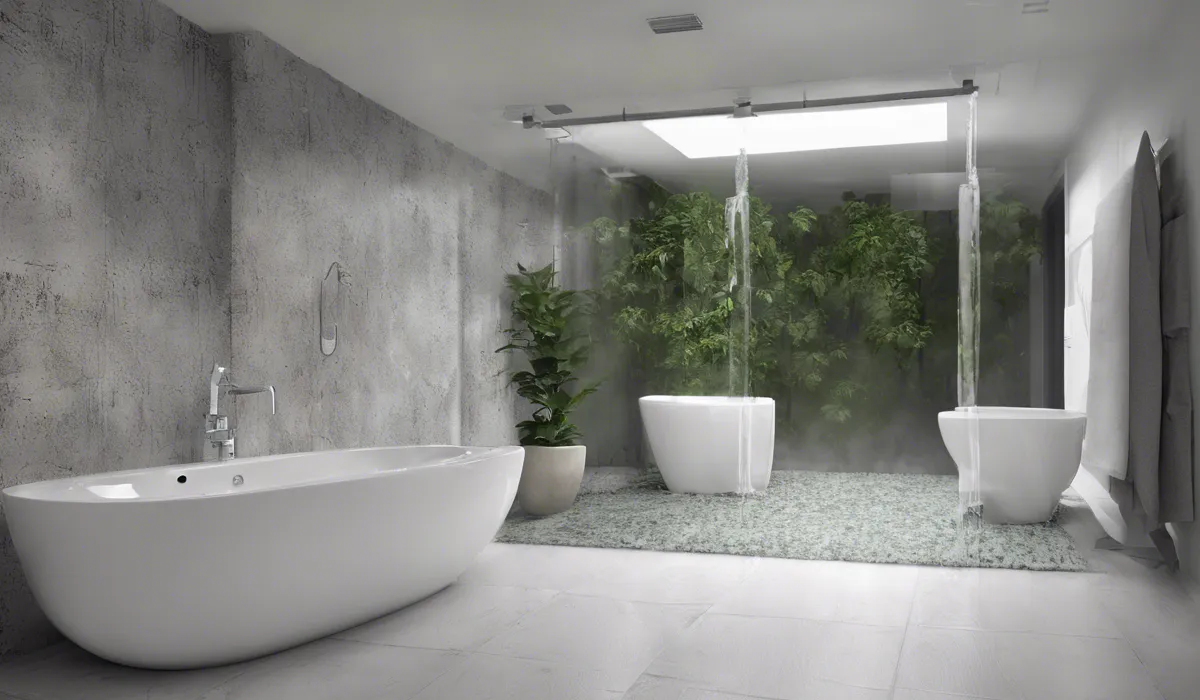Microban does not kill mold. It inhibits the growth of mold by making surfaces less hospitable for its development. However, it’s not a mold removal solution. To kill existing mold, a dedicated fungicide or mold remediation process is necessary.
Understanding Microban and Its Effectiveness Against Mold

What is Microban?
Microban is a brand name for a range of antimicrobial agents. These agents are added to products to stop microbes from growing and spreading.
Microban can be found in many items we use every day, from kitchen cutting boards to shower curtains. The agents work quietly in the background, offering an extra layer of protection against germs.
Microorganisms Targeted by Microban
Microban is engineered to be a tough opponent for a variety of microorganisms. It takes on bacteria, mold, mildew, and fungi.
These are all tiny living things that can cause problems in our homes if they are allowed to grow unchecked.
Inhibiting vs. Killing Microorganisms
There is an important difference between stopping growth and killing microorganisms. Microban is a pro at preventing growth.
This means it keeps the surfaces of products from becoming homes to mold and other germs.
However, if mold is already there, Microban will not kill it. For that, you would need a product made specifically for killing mold.
Microban’s Action on Surfaces
Microban works by making surfaces less welcoming to mold. It is mixed into products during the manufacturing process.
Once there, it provides a barrier that stops mold from being able to settle and grow. This is great for keeping new mold from starting, but it’s important to remember that it does not get rid of mold that is already there.
The Science Behind Microban and Mold

Technologies in Microban Targeting Mold
Microban uses different technologies to tackle mold. These include agents that disrupt the mold’s ability to grow on surfaces.
By doing this, Microban helps to keep products cleaner and free of mold for longer periods.
Evidence of Microban’s Effectiveness
Studies have shown that Microban can be effective in stopping the growth of mold on surfaces.
These studies often compare surfaces with and without Microban to see how well it works. Many times, the results show that Microban treated surfaces have less mold growth over time.
Comparison with Other Agents
When compared to other mold-fighting techniques, Microban holds its own. It is often used alongside other methods for the best protection against mold. However, unlike some mold killers, Microban is not harsh and does not require special handling or application.
Microban’s Limitations
While Microban is good at preventing mold growth, it has its limits. It is not designed to kill mold that is already present.
For existing mold, you would need a different kind of treatment, like a fungicide. It is also important to know that Microban works best as part of a broader mold control strategy.
Practical Applications and Considerations

Microban-Infused Products
There are many products on the market that have Microban built in. These range from bath mats to kitchenware. The Microban in these products is there to help stop mold from getting a foothold.
Using Microban Products for Prevention
To get the most out of Microban products, it is important to use them correctly. This means cleaning the surfaces regularly and keeping the areas dry.
By doing this, you are helping Microban to do its job of preventing mold growth.
Safety and Environment
Microban is designed to be safe for use in homes. It is also made to be kind to the environment.
Even so, it is always a good idea to follow the instructions on how to use products that contain Microban. This way, you and the planet stay safe.
Cleaning Tips for Mold Control
To keep mold away for good, regular cleaning is key. Products with Microban help, but they work best when you clean often.
Use mild cleaners and keep areas dry. This way, you will not only stop new mold from growing but also make your home a healthier place to live.
FAQs About Microban and Mold
Does Microban kill existing mold on surfaces?
No, Microban does not kill existing mold. It inhibits mold growth but is not a substitute for a fungicide.
Can Microban prevent mold from growing?
Yes, Microban can prevent mold by creating an environment less hospitable for its growth on treated surfaces.
What should I use to kill mold if Microban doesn’t?
To kill mold, you should use a dedicated fungicide or engage in a professional mold remediation process.
Is Microban a good solution for mold removal?
No, Microban is not a mold removal solution. It is designed to inhibit growth, not to remove existing mold.
Will Microban keep all types of mold from growing?
Microban can inhibit the growth of many types of mold, but it is not guaranteed to prevent all types. Regular cleaning and maintenance are also important.
Final Thoughts
Microban is formulated to impede mold growth by creating an environment that’s less conducive to its spread, rather than killing existing mold.
It’s a preventative measure, not a curative one. For mold eradication, one must employ fungicides or professional mold remediation techniques, as Microban doesn’t serve as a substitute for these mold removal methods.
